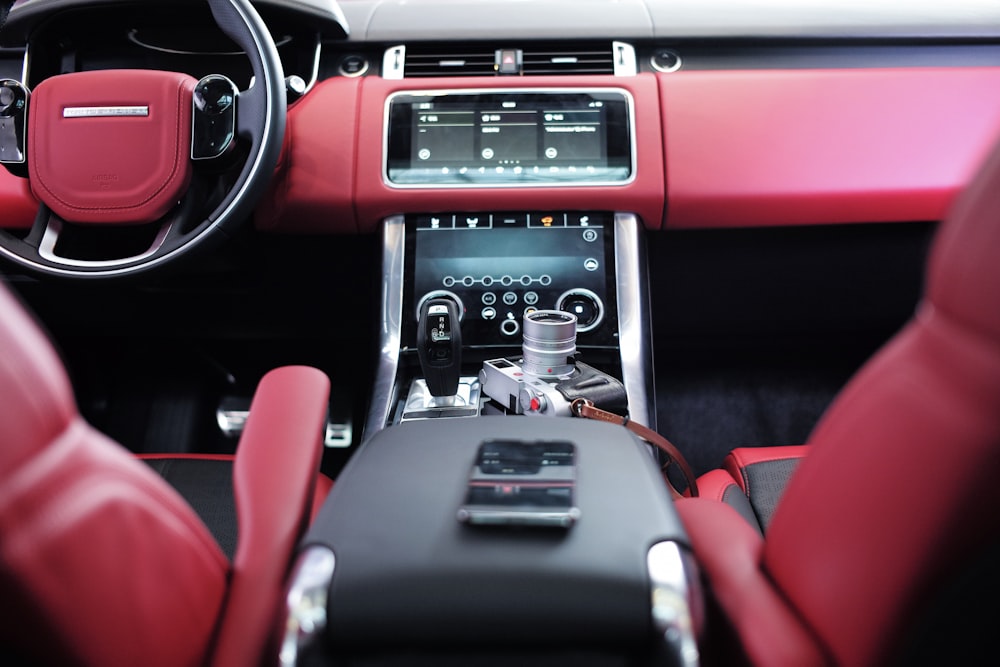A backup or reversing camera (Closed Circuit TV) is that camera that is mounted on your dash board which allows you from inside the car to clearly view whatever is behind your car via its screen without having to turn around.
The major benefit of this gadget is to aid your reversing process by alleviating your rear blind spot by assisting you as the driver to have a clear picture of what is in your back and how best to maneuver when reversing.
That is why it is important to have one and you will get to know how to install backup camera on car from this article.
Reversing camera is very important in the sense that it helps to maintain your steering control while reversing and offers clear visibility at the same time.
While driving forward, you can of course see everything in your front but it is not the case when reversing as your vision is impeded both from the driver’s side and worse from the passenger’s blind spot side.
We set out here in our article, simple steps to follow in order to install this useful camera in your car if it does not come with one. Let us read together.
Table of Contents
How to install a backup camera in your car?
To successfully install your backup or reverse camera, simply follow these steps.
Get the necessary tools ready
Get the tools that you will need ready for the exercise. These tools may include:
- The rear-view camera gadget (make sure you buy a device specifically designed to view your rear for safety reason)
- Rear-view monitor
- Internal monitor (this is a monitor that houses a small screen inside the glass)
- Power and video cord(if your package does not include them)
- A set of Torx socket
- Trim removal tool
- Plastic putty knife
- Nut or socket runner
- Soldering iron and solder
- Shrink tube
- Pliers
- Safety goggles
- Set of Wrench
- Rubber grommet
- Flashlight
- Wire stripper and crimper
- Sharp knife
- Necessary connecting cables
- Screwdriver
- Power drill
- Electrical tapes
- Fuse tap
You have many variety spots where you can affix the backup camera. We want to hinge our guide on installation just above your official number plate. Follow these steps:
Installation process
- Remove the internal panel of your car trunk. As this is a hard plastic or rubber object, use a flat-head screwdriver to pull it out to avoid breaking any object, enhance clearer view of all the cables you may wish to work on or with. Do all these with utmost patience and confidence.
- Pull out your official number plate and be ready to cut any existing cable, drill a hole large enough from the trunk that will accommodate all necessary wires that will have to pass through.
- Insert the rubber grommet and start running the connecting wires.
Running the wires to power your backup camera
- First disconnect your battery terminal by removing the negative plug from the battery.
- Pass the power cable through the hole from the number plate spot to your car’s interior. Identify your car’s reverse light wires (here you must have checked very well the specification of the actual reverse wire from your owners’ manual)
- Strip open the positive and negative wires and loop the wires from the backup camera with them using plier to twist them together firmly.
- Ensure you connect correctly, positive to positive and negative to negative alternatively and cover everything done here with electrical tape.
- It is time to connect your RCA cable to the camera’s cable and run the joined wire from the trunk to the fuse box placed in front of the car usually located at the left-hand side down the steering wheel.
- To ensure that the wires are well concealed, stuck them under the ceiling panel perfectly to enhance neatness of your interior.
- Install a fuse tap (in case the monitor requires it as specified in the manual). There may be need for you to run a trigger wire up to the monitor or better still, let it take power from same source as the camera.
- Connect your camera’s video cable to the car’s front then connect the RCA cable to the video cord of the camera.
- Run the connected wire through your car to be joined with the fuse box.
- Mount your monitor either to your rear-view mirror or your dash board depending on the instruction on the manual or your own preference. Either of the two cases, ensure you follow the instructions as specified for optimum result.
- Get your external monitor fixed to the front of the windshield by first using the device to mount it on the windshield following the instructions on the manual and then hook the monitor properly.
- Fix up the internal monitor to the rear-view mirror or your mirror mount. You will need clip to fix this to your current rear -view mirror for it to stand firmly.
Test run
After doing all the connections and mounting of the monitor and just before you close up the entire opened trunk etc, it is better to run a dry testing.
Put back the negative plug of your car battery terminal and run different systems of driving to ensure that the camera is working as expected.
Put on your car ignition, put your car in reverse to see if the camera powers on as it is supposed, test your brakes to ensure the camera wire was joined to it appropriately.
Best back up camera to buy
We can for sure tell you to pick from any of these in the market for quality service you will enjoy:
- Accele RVCLPMBS
- Pyle PLCM38FRV
- Esky ES-15 and
- Auto-vox T1400.
What is the installation cost?
Getting your backup camera installed by a professional can cost you up to about $100 per hour and it will take an average of 2 hours to complete.
Conclusion
If your car does not come with one, having a good backup camera installed is an indispensable tool in today’s technological world.
You derive some benefits by getting one installed such as saving lives and cost that would have been lost through accidents, increasing your confidence when reversing your vehicle, increase your ego as you need not look back in the conventional manner if it is absent in your car and more importantly, serve as video evidence for your insurance company should another driver run into your car while the camera is on.
With the above, we are sure you are more than convinced that the importance of having a backup camera installed cannot be over-emphasized.
And we hope you find this article helpful and you now know how to install backup camera on car, if you have a comment or question drop it in the box below, we will be glad to hear from you.


